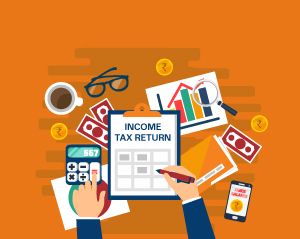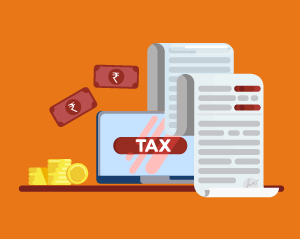The Assessment Year (AY) and Previous Year (PY) are two equally important terms used in tax* and financial planning, but they are used in entirely different contexts.
The financial year is the year in which you earn income, while the assessment year is the year in which you pay tax on this income.
Find out more about these two terms in the sections below.
What is a Previous Year?
The previous year starts on April 1 of one calendar year and concludes on March 31 of the next. The concept of a previous year is used for the purpose of taxation. When you file your taxes, you do so for the concerned previous year.
What is an Assessment Year?
The assessment year also begins on April 1 of one calendar year and terminates on March 31 of the next. However, it is essential to note that this is the year in which you file taxes for income earned in a previous year, and it starts after the previous year ends.
For example, the tax assessment year for the previous year 2021-22 will be 2022-23.
AY and FY for Recent Years
Below is a table of recent financial and assessment years to help you understand the two better:
| Previous Year | Assessment Year |
|---|---|
| 2018-19 | 2019-20 |
| 2019-20 | 2020-21 |
| 2020-21 | 2021-22 |
| 2021-22 | 2022-23 |
| 2022-23 | 2023-24 |
Understanding the difference between the Assessment Year (AY) and the Previous Year (PY)
Below are some differences between the assessment year and the previous year:
- The previous year comes first, and the assessment year follows. This is because you first earn the income and then pay tax on it
- The previous year is when individuals or businesses earn income, profit from investment returns and incur losses or expenses. The assessment year is when individuals and companies pay taxes, file an income tax return and claim tax deductions. It is the year in which tax authorities evaluate their financial activities
People like you also read...







